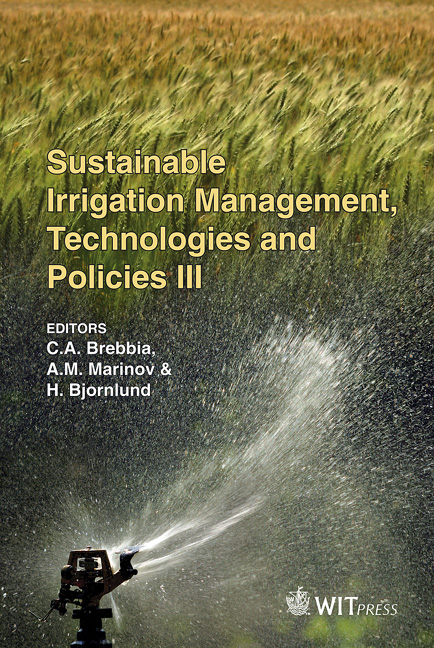Rainfall Data Calculation Using Artificial Neural Networks And Adaptive Neuro-fuzzy Inference Systems
Price
Free (open access)
Transaction
Volume
134
Pages
12
Page Range
133 - 144
Published
2010
Size
631 kb
Paper DOI
10.2495/SI100121
Copyright
WIT Press
Author(s)
L. Mpallas, C. Tzimopoulos & C. Evangelidis
Abstract
Missing rainfall data is a frequent problem in every hydrological or water management study. Conventional methods are usually based on statistics and the missing rainfall data are estimated using neighbouring stations. The same procedure is implemented here using two models based on artificial intelligence techniques. A fuzzy logic and an Artificial Neural Network model are used to predict rainfall heights of two meteorological stations. A number of model parameters were modified during the calibration, in order to achieve the best performance. The comparison between observed and estimated values showed that both models perform satisfactorily in the prediction of rainfall data. Keywords: fuzzy logic, rainfall, neural networks, hydrology. 1 Artificial intelligence Artificial intelligence includes a number of methods that mimic human reasoning. These methods can be modelled and applied by a computer. The most common ones are Artificial Neural Networks (ANN), Genetic Algorithms (GA) and fuzzy logic theory. Artificial intelligence is an alternative and also effective method in studying and modelling hydrological systems. They capture their ambiguous and inaccurate nature, even when non-linearities exist. These models are extremely effective when the knowledge of the system is insufficient or when the underlying procedures are not fully understood.
Keywords
fuzzy logic, rainfall, neural networks, hydrology





